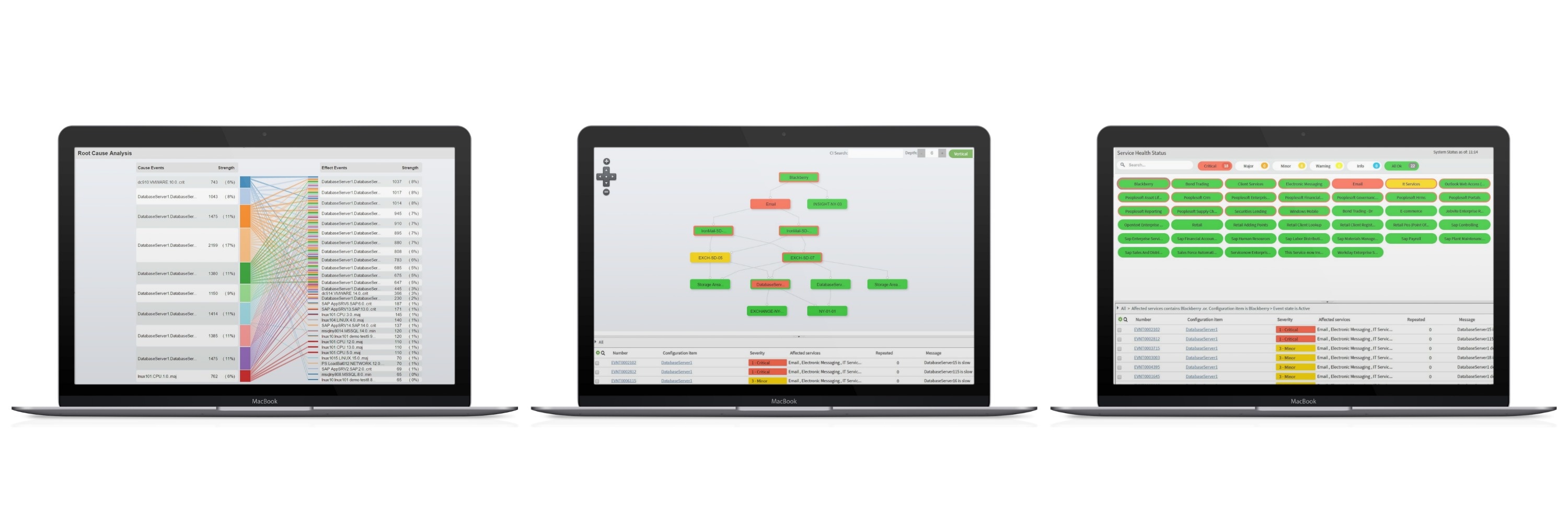
What does Enterprise Monitoring” actually refer to?
An Overview of Application Monitoring
This article provides a general introduction to Application Monitoring as well as a set of solutions for common issues.
What's Application Monitoring?
Application Monitoring, or more properly, APM ("Application Performance Monitoring") is not to be confused with "Application Performance Management." (More on that in a minute.)
Simply put, this APM works by deploying a set of Application Monitoring Tools to monitor websites or applications. For example, a remote monitor tool that just pings the up/down status of a website is a type of APM tool. This is probably the simplest example.
Other, more sophisticated examples of APM include:
- Tracking app error rates
- Parsing web server access logs to see how many requests you're receiving and how long the requests are
- Monitoring the CPU of your servers and
- Tracking metrics from app dependencies
All of these examples produce results, but there's something missing. None of them tell you the "Why" behind the data. That leads us to Application Performance Management.
So, What's Application Performance MANAGEMENT?
Application Performance Management (aka Application Management) translates the metrics from the examples above into business meaning or value, in order to obtain a holistic picture of application health. This APM also uses a tool set (application performance monitoring tools or APM tools).
Note: "APM Monitoring" is a hybrid phrase for the two areas which focuses on gathering metrics and translating them into business value.
So Which is More Important?
Application Performance Monitoring (APM) is a part of Application Performance Management (APM), as monitoring tools or strategies are part of a larger application performance management strategy.
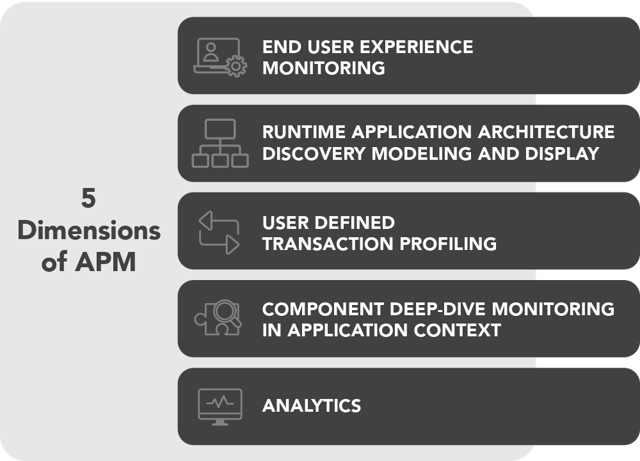
In late 2016, Gartner Research offered five APM (Management) principles:
Principle 1) End User Experience Monitoring
End User Experience Monitoring is also known as "real-time application monitoring."
End User Experiences define the quality of the communication between a client/user request and a server/remote response. This involves Passive Monitoring (agentless monitor of ports and services used within the application) and Active Monitoring (explicit agents that actively probe systems while they're performing basic business transactions).
Obviously, the point is to focus on improving the user experience.
Principle 2) Runtime Application Architecture Discovery Modeling and Display
Runtime application architecture ensures "bottom-up monitoring" works as expected. This provides a real and measurable correlation between your network's topology and your application’s architecture.
Principle 3) User Defined Transaction Profiling
Ideally, this categorizes the various detailed transactions from your applications into narrower and more manageable high-level categories. These categories can then be monitored and referred to more easily in reports and other business communications.
Principle 4) Component deep-dive monitoring in application context
The use of specific agents and tolls should give your monitoring solution real-time feedback from the application stack your software is using and communicate how each component within the stack connects to and performs user-defined business transactions.
Principle 5) Analytics
The last and maybe most important principle is robust analytics reporting. This means determining WHAT metrics to be collected, but more importantly, HOW they should be reported from within the application. A standardized data view lets everyone on a team "stay on the same page" when responding to that same data.
How APM (Monitoring) Fits into an AIOps Platform
You've probably heard of AIOps (Artificial Intelligence for IT Operations). These are the tech platforms that enhance IT Operations using automation and a mix of analytics and machine learning... so that issues can be identified and remedied in real time.
Nowadays AIOps is usually used to supplement APM use cases and/or tooling. It does this by offering a more useful and sometimes more cost-effective means of sorting out what data is being collected directly by the APM tool and the rest of the supporting applications, infrastructure, security, service, customer/business operational, and configuration data that is seldom directly integrated or used in APM tools. This is largely because AIOps' emphasis is on providing continuous insights from multiple data sources regardless of the collection mechanism.
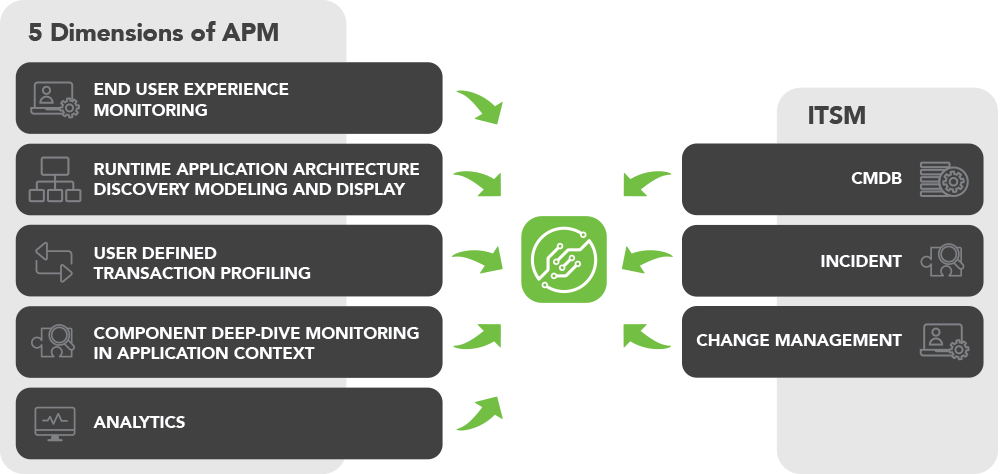
In late 2016, Gartner Research offered five APM (Management) principles:
Principle 1) End User Experience Monitoring
End User Experience Monitoring is also known as "real-time application monitoring."
End User Experiences define the quality of the communication between a client/user request and a server/remote response. This involves Passive Monitoring (agentless monitor of ports and services used within the application) and Active Monitoring (explicit agents that actively probe systems while they're performing basic business transactions).
Obviously, the point is to focus on improving the user experience.
Principle 2) Runtime Application Architecture Discovery Modeling and Display
Runtime application architecture ensures "bottom-up monitoring" works as expected. This provides a real and measurable correlation between your network's topology and your application’s architecture.
Principle 3) User Defined Transaction Profiling
Ideally, this categorizes the various detailed transactions from your applications into narrower and more manageable high-level categories. These categories can then be monitored and referred to more easily in reports and other business communications.
Principle 4) Component deep-dive monitoring in application context
The use of specific agents and tolls should give your monitoring solution real-time feedback from the application stack your software is using and communicate how each component within the stack connects to and performs user-defined business transactions.
Principle 5) Analytics
The last and maybe most important principle is robust analytics reporting. This means determining WHAT metrics to be collected, but more importantly, HOW they should be reported from within the application. A standardized data view lets everyone on a team "stay on the same page" when responding to that same data.
How APM (Monitoring) Fits into an AIOps Platform
You've probably heard of AIOps (Artificial Intelligence for IT Operations). These are the tech platforms that enhance IT Operations using automation and a mix of analytics and machine learning... so that issues can be identified and remedied in real time.
Nowadays AIOps is usually used to supplement APM use cases and/or tooling. It does this by offering a more useful and sometimes more cost-effective means of sorting out what data is being collected directly by the APM tool and the rest of the supporting applications, infrastructure, security, service, customer/business operational, and configuration data that is seldom directly integrated or used in APM tools. This is largely because AIOps' emphasis is on providing continuous insights from multiple data sources regardless of the collection mechanism.









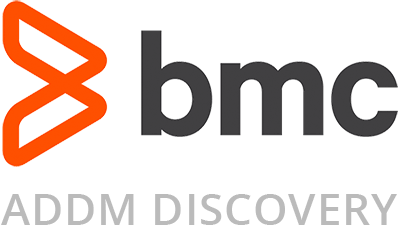
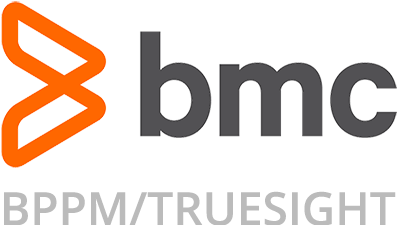
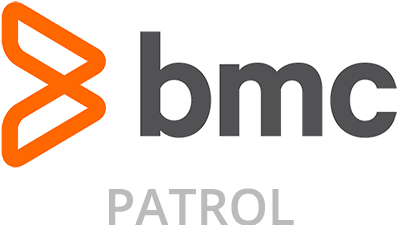

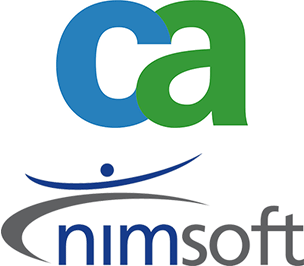

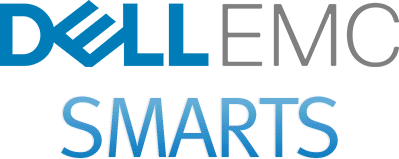



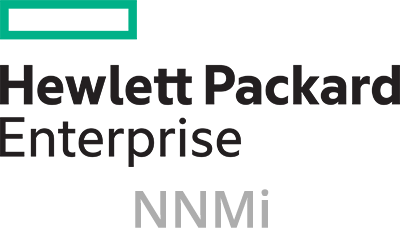
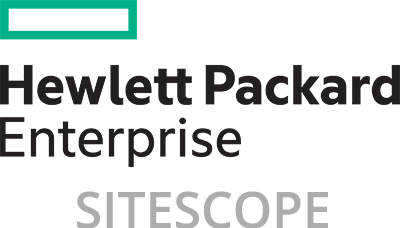
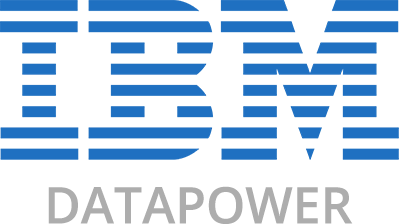


.png)
.png)


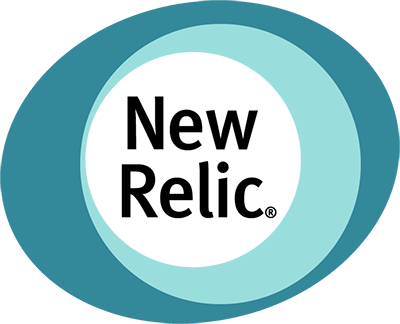



.png)





.png)











